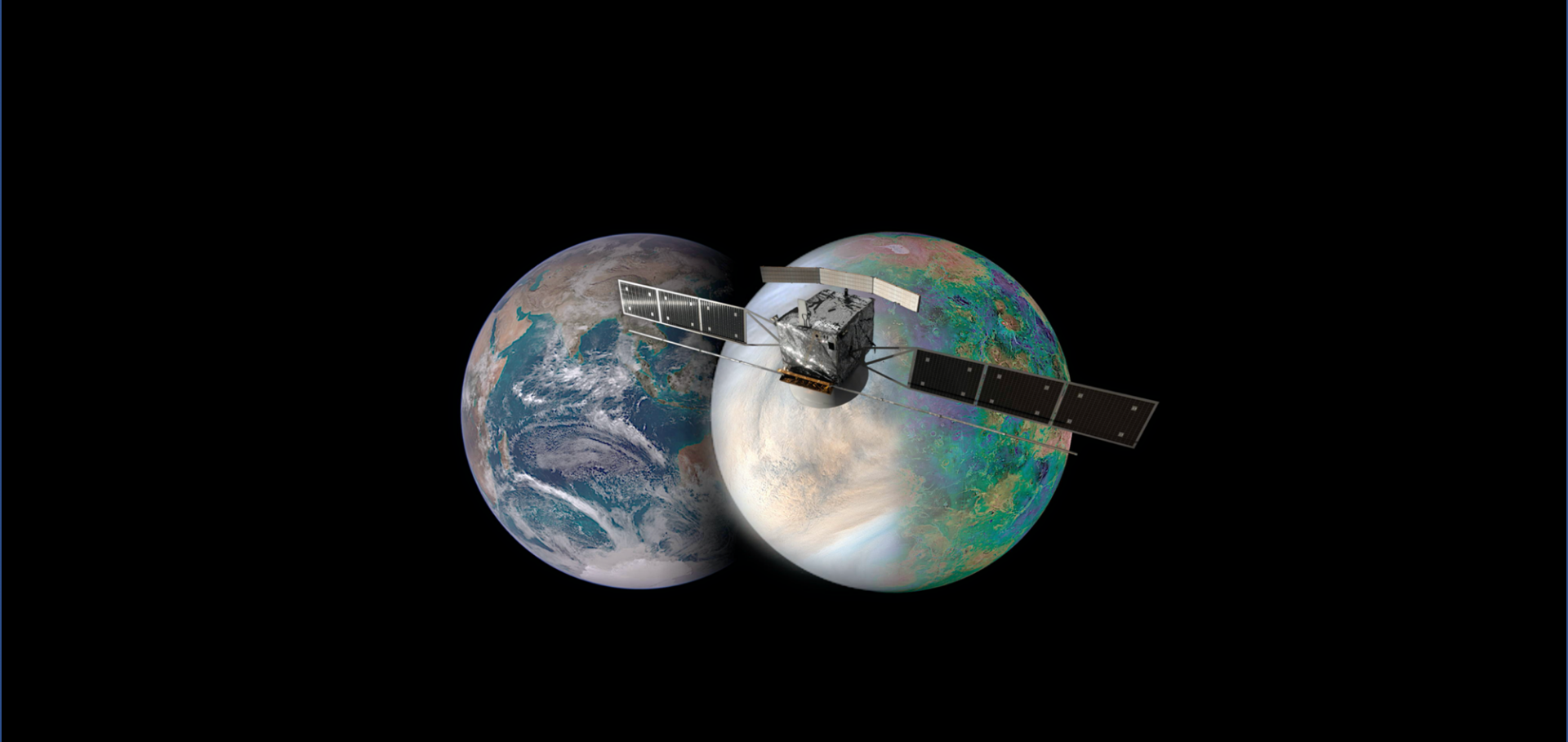Venus Express: Lessons from 8 years of science operations
American Institute of Aeronautics and Astronautics (AIAA) (2014)
The DREAMS experiment on the ExoMars 2016 mission for the study of Martian environment during the dust storm season
Institute of Electrical and Electronics Engineers (IEEE) (2014) 167-173
The CO2 continuum absorption in the 1.10- and 1.18-μm windows on Venus from Maxwell Montes transits by SPICAV IR onboard Venus express
Planetary and Space Science (2014)
Abstract:
© 2014 Elsevier Ltd. One of the difficulties in modeling Venus' nightside atmospheric windows is the need to apply CO2 continuum opacity due to collision-induced CO2 bands and/or extreme far wings of strong allowed CO2 bands. Characterizing the CO2 continuum absorption at near-IR wavelengths as well as searching for a possible vertical gradient of minor species near the surface require observations over different surface elevations. The largest change in altitude occurs during a passage above Maxwell Montes at high northern latitudes. In 2011, 2012 and 2013 the SPICAV instrument aboard the Venus Express satellite performed three sets of observations over Maxwell Montes with variation of surface altitude from -2 to 9km in the 1.10, 1.18 and 1.28-μm windows. The retrieved CO2 continuum absorption for the 1.10- and 1.18-μm windows varies from 0.29 to 0.66×10-9 cm-1 amagat-2 and from 0.30 to 0.78×10-9 cm-1 amagat-2, respectively, depending on the assumed input parameters. The retrieval is sensitive to possible variations of the surface emissivity. Our values fall between the results of Bézard et al., (2009, 2011) based on VIRTIS-M observations and laboratory measurements by Snels et al. (2014). We can also conclude that the continuum absorption at 1.28μm can be constrained below 2.0×10-9 cm-1 amagat-2. Based on the 1.18μm window the constant H2O mixing ratio varying from 25.7+1.4 -1.2 ppm to 29.4+1.6 -1.4 ppm has been retrieved assuming the surface emissivity of 0.95 and 0.6, respectively. No firm conclusion from SPICAV data about the vertical gradient of water vapor content at 10-20km altitude could be drawn because of low signal-to-noise ratio and uncertainties in the surface emissivity.Venus express: Lessons from 8 years of science operations
13th International Conference on Space Operations, SpaceOps 2014 (2014)
Abstract:
The Venus Express spacecraft was launched in November 2005. This first European mission to Venus arrived at the planet in April 2006, and within a month had completed on-orbit commissioning and was returning science data to Earth. After four mission extensions and eight years, the spacecraft continues to operate successfully. The end of the mission is anticipated to be in 2014, when the on-board fuel supplies are finally exhausted and the required orbit around Venus can no longer be maintained. This paper discusses the lessons learned by the Venus Express Science Operations Centre (VSOC) over the course of the eight year mission, and briefly discusses the plans for the end of the mission.Venus: Key to understanding the evolution of terrestrial planets
(2013)


